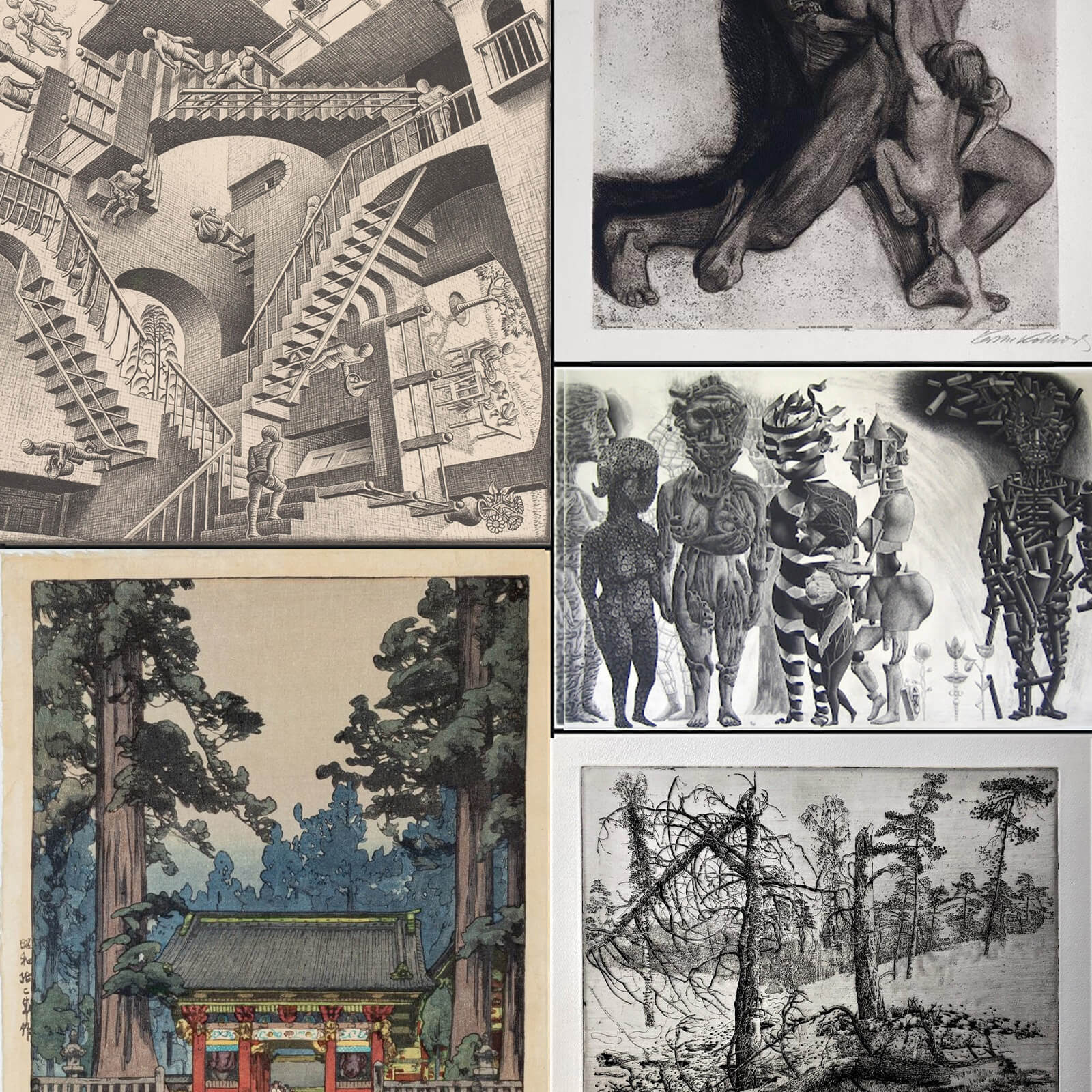Modern printmaking holds a special place in the visual arts, preserving its traditional values while constantly evolving and renewing itself. Through the integration of new technologies and methods, it offers unlimited possibilities for expression and creation, making it a dynamic and multifaceted art form that continues to evolve and influence the contemporary artistic landscape. Contemporary printmaking is a living and evolving form of visual art that retains traditional methods while incorporating new technologies and materials. New technologies, such as digital printmaking, have revolutionized the way prints are produced and reproduced. By using computers and software, artists can create and edit designs with precision before printing them on a variety of materials, from traditional paper to fabric or plastic. This technological advancement allows for the mass production of prints, making art more accessible to a wider audience.
Another significant development in contemporary printmaking is the incorporation of mixed media. Artists combine traditional printmaking with painting, collage, or even three-dimensional objects, creating multidimensional works that go beyond the boundaries of simple printing. This experimental approach allows for the expression of more complex ideas and emotions, while also challenging the boundaries between printmaking and other art forms.
The main traditional techniques found in contemporary printmaking are the following:
Woodcut: Woodcut is one of the oldest printmaking techniques, in which the design is carved into a wooden block. The uncarved areas are the ones that retain the ink during printing. Works produced through woodcut are characterized by strong contrasts, with clear lines and areas of intense light and shadow. The process requires manual carving of the wood, after which the block is inked and pressed onto paper.
Engraving: In engraving, the design is carved directly onto a metal plate, usually copper. Ink is applied over the entire plate and then wiped clean, leaving ink only in the engraved lines. The paper is then pressed onto the plate to transfer the design. Engraving allows for the creation of very detailed and delicate lines, making it possible to render realistic images with rich texture and depth.
Lithography: Lithography is based on the principle that water and grease do not mix. In this process, the design is created with greasy materials on a stone or limestone plate. The surface is then moistened with water, which is absorbed by the areas not covered with grease. When ink is applied, it adheres only to the greasy areas. Lithographic works are characterized by soft, smooth lines and a wide variety of tones, lending a sense of fluidity and natural movement.
Etching: In etching, the metal plate is coated with an acid-resistant layer, and the design is scratched into this layer. The plate is then immersed in acid, which bites into the exposed areas of the metal. After the resist is removed, ink is applied to the etched lines, and the design is printed. Etching is known for its ability to render detail with exceptional accuracy and to create rich, shaded images.
Aquatint: Aquatint is a variation of etching that allows for the rendering of tones instead of lines. The metal plate is coated with a granular material and then exposed to acid. The acid bites around the grains, creating a shading effect. Ink collects in these areas, offering a range of tones and allowing for the creation of images with rich gradations and depth.
Mezzotint: In mezzotint, the metal plate is prepared using a tool that creates microscopic dots on the surface. The plate can then be smoothed in certain areas to absorb less ink. The result is the creation of rich, velvety tones that can range from deep black to soft gray.
These traditional printmaking techniques offer a rich range of expressive possibilities, allowing artists to experiment with texture, depth, and detail, creating works that range from the most detailed realistic representations to the most abstract and expressive compositions. The photographs feature selected works by significant and highly influential printmakers on an international level, who have employed traditional methods in contemporary ways, and whose creations have paved the way either technically or stylistically.

Maurits Cornelis Escher
M. C. Escher (1898–1972) was a Dutch printmaker, famous for his intricate, mathematically inspired woodcuts, lithographs, and mezzotints. His work explores impossible constructions, infinite loops, and elaborate tessellated designs, creating visually challenging and thought-provoking pieces. Escher’s prints, such as “Relativity” and “Drawing Hands”, challenge perceptions of reality and space, making him a unique and influential figure in the world of printmaking and visual art.
Hiroshi Yoshida
Hiroshi Yoshida (1876–1950) was a Japanese printmaker and a leading figure in the shin-hanga movement. Known for his masterful woodblock prints, Yoshida’s work captures serene landscapes, natural beauty, and architectural scenes with exceptional detail and vibrant colors. His travels around the world influenced his art, blending traditional Japanese techniques with Western perspectives, making him one of the most renowned printmakers of the 20th century.
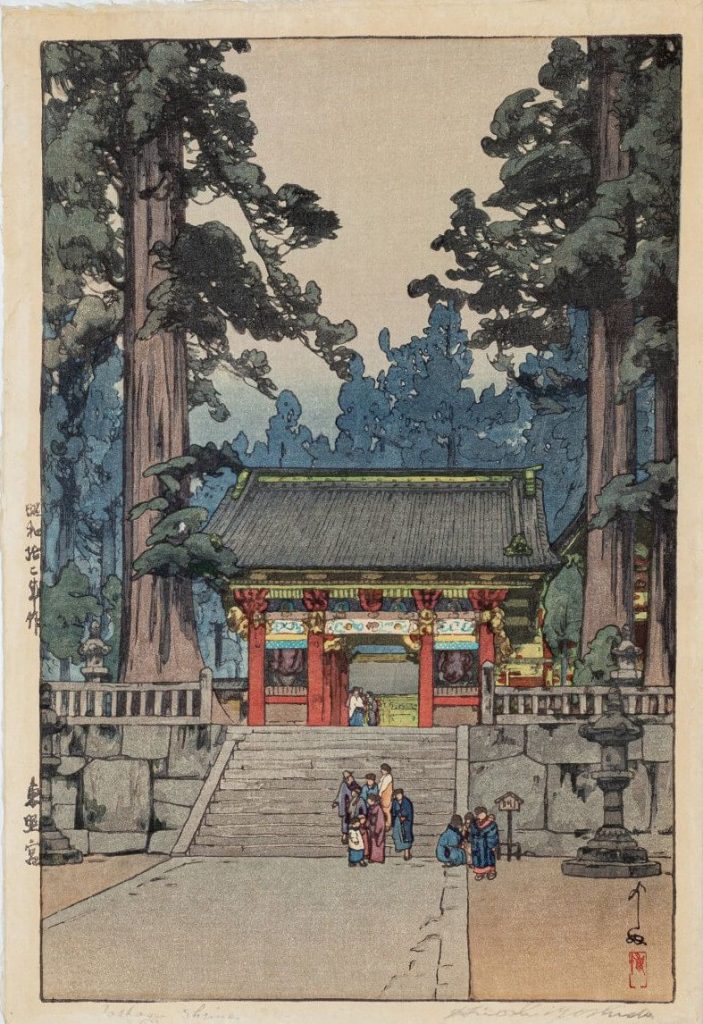
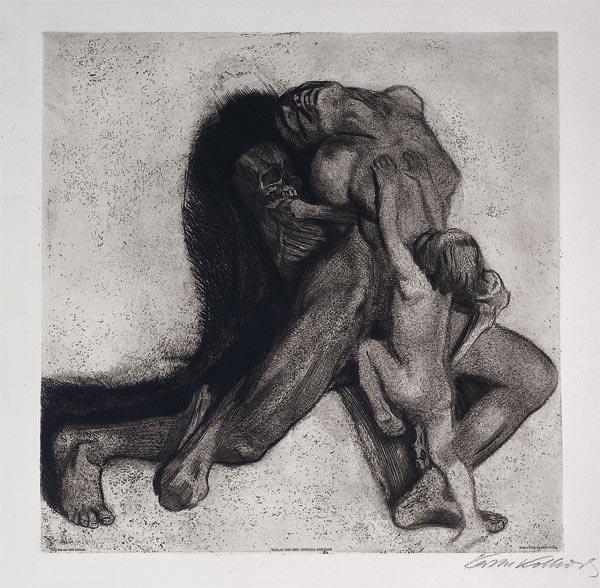
Käthe Kollwitz
Käthe Kollwitz (1867–1945) was a German printmaker known for her powerful depictions of human suffering, war, and social injustice. Focusing on etching, woodcut, and lithography, her work reflects deep emotional intensity, especially influenced by the loss of her son in World War I. Known for series such as “The Weavers” and “War,” Kollwitz’s art remains a moving testament to the resilience and struggles of the human spirit.
Tomiyuki Sakuta
Tomiyuki Sakuta (b. 1975) is a contemporary Japanese printmaker known for his intricate and highly detailed etchings. His work often explores surreal and fantastical themes, blending elements of nature and the human figure with imagination. Sakuta’s prints stand out for their meticulous craftsmanship and deep emotional resonance, making him a prominent figure in contemporary printmaking, with his work exhibited and recognized internationally.
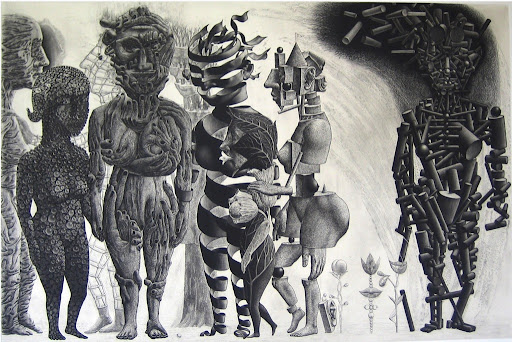
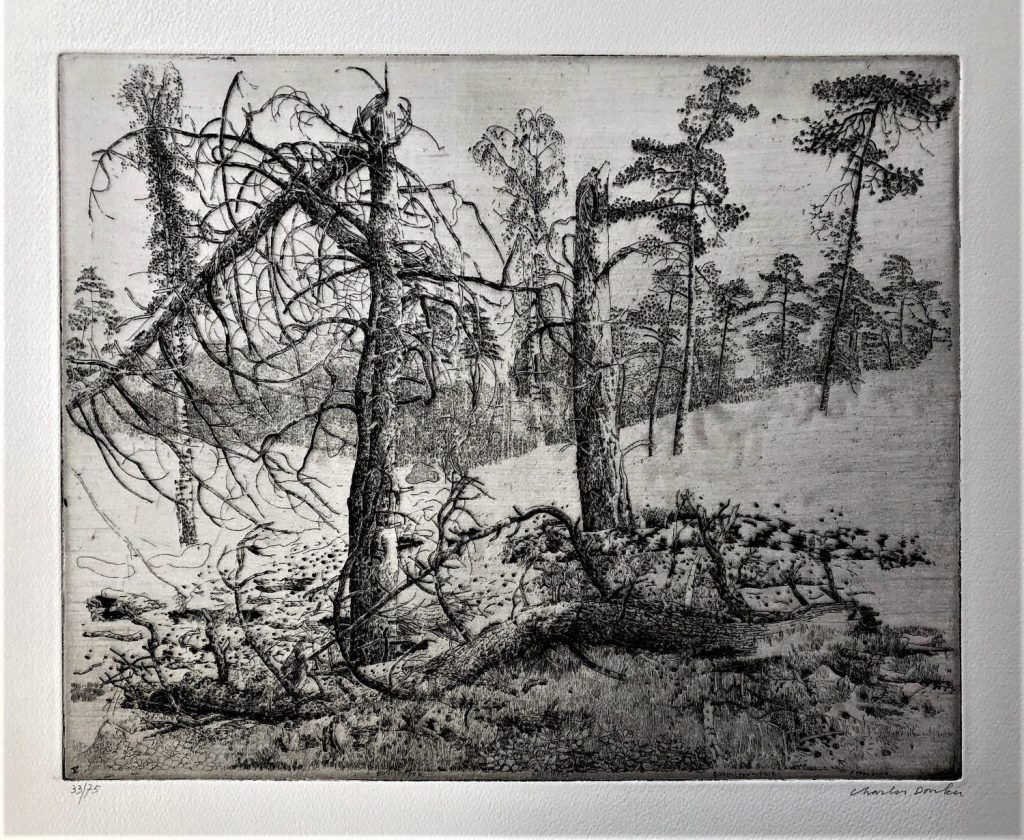
Charles Donker
Charles Donker (b. 1940) is a Dutch printmaker known for his exceptional etchings that capture the natural world with remarkable detail and sensitivity. His work focuses on landscapes, flora, fauna, and still lifes, reflecting a deep appreciation for the quiet beauty of nature. Donker’s mastery of the etching technique and his ability to convey atmosphere and emotion through delicate lines have established him as one of the leading printmakers of his generation.

